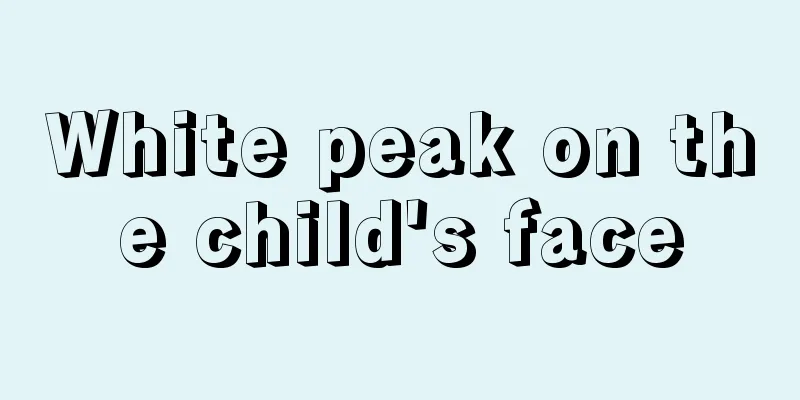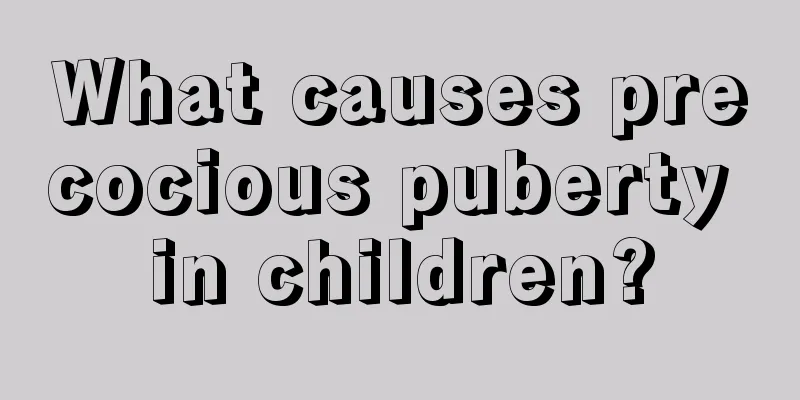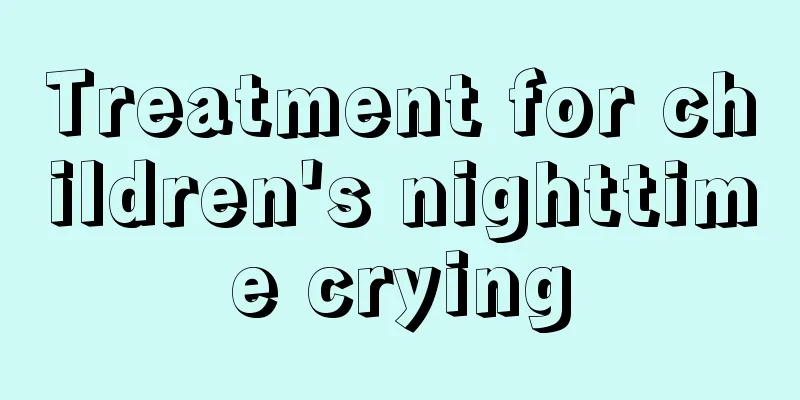White peak on the child's face

|
Vitiligo is a common skin disease among modern people, and people of all ages may be at high risk of this disease. This includes children. If children are infected with white peak, it will not only be very unsightly, but it will also easily affect their physical and mental development, and in severe cases it may even cause mental illness. So what are the causes of white peak? Why do growing children get infected with this disease? 1. The patient has a partial diet and malnutrition Long-term malnutrition is the direct cause of vitiligo in children. Children nowadays tend to be partial and picky eaters. Sometimes parents spoil their children and don’t pay much attention to them, resulting in long-term unbalanced nutrition and serious lack of certain trace elements. 2. Genetic factors According to investigations, vitiligo is hereditary. If a child suffers from vitiligo, his chromosomes will be abnormal. These abnormal chromosomes can be inherited directly to the next generation or to the next generation. However, the onset of hereditary vitiligo in children is often caused by stimulation from external factors. Hereditary childhood vitiligo has an obvious characteristic, that is, someone in the family has suffered from vitiligo. Maybe it’s the father, maybe it’s the grandfather, etc. 3. Environmental factors Environmental factors are also the main factors that induce vitiligo, including industrial and agricultural pollution. Industrial and agricultural pollution is mainly chemical pollution and toxic metal substances. Excessive exposure of children to these substances will lead to endocrine disorders and immune imbalance, which will in turn cause vitiligo. 4. Children have low immunity Low immunity in children is also a common factor leading to vitiligo. Some children are born with poor immunity due to some reasons, which results in the blockage of melanin synthesis in the body and causes vitiligo. The above is the reason why children may suffer from vitiligo on their faces. After reading the above introduction, we understand that vitiligo is a hereditary disease. Of course, if a child has low immunity, he or she is very likely to suffer from vitiligo, so as a parent, you must pay close attention to your child's physical condition. |
<<: Can children's urticaria heal on its own?
>>: The difference between cold cough and hot cough in children
Recommend
What are the methods of traditional Chinese medicine to prevent and treat hand, foot and mouth disease?
In recent years, hand, foot and mouth disease has...
What should I do if my baby has a high fever? Try these methods to reduce fever!
For all parents, a baby with a fever is the most ...
What to do if a child has a sore throat and fever
What should I do if my child has a sore throat an...
What is the best medicine for disinfecting a baby's belly button?
Everyone knows that babies have different physica...
Why does a child's nose bleed when it is touched?
Some children are born with weaker constitutions,...
What should I do if my child has pharyngitis and fever?
Children always don’t like to drink water. When t...
Causes and prevention of yellowing of children's teeth
Nowadays, most families have only one child. The ...
Neonatal jaundice standards and treatment methods
Nowadays, the incidence rate of newborns is getti...
What's the matter with blood in baby's stool?
If there is blood in the baby's stool, it may...
What to do if your child's mouth is swollen
Children are naturally naughty and it is inevitab...
What should I do if my child's nose is very flat?
Children are relatively young and their appearanc...
The three-year-old baby's front teeth are decayed
Tooth decay is most common in children, and the m...
Treatment for blisters on children's hands
Many parents will find that their children often ...
Treatment of external auditory canal eczema in infants
Problems such as infant external auditory canal e...
What color is good for baby's eyes?
Everyone knows that after a baby is born, many or...









